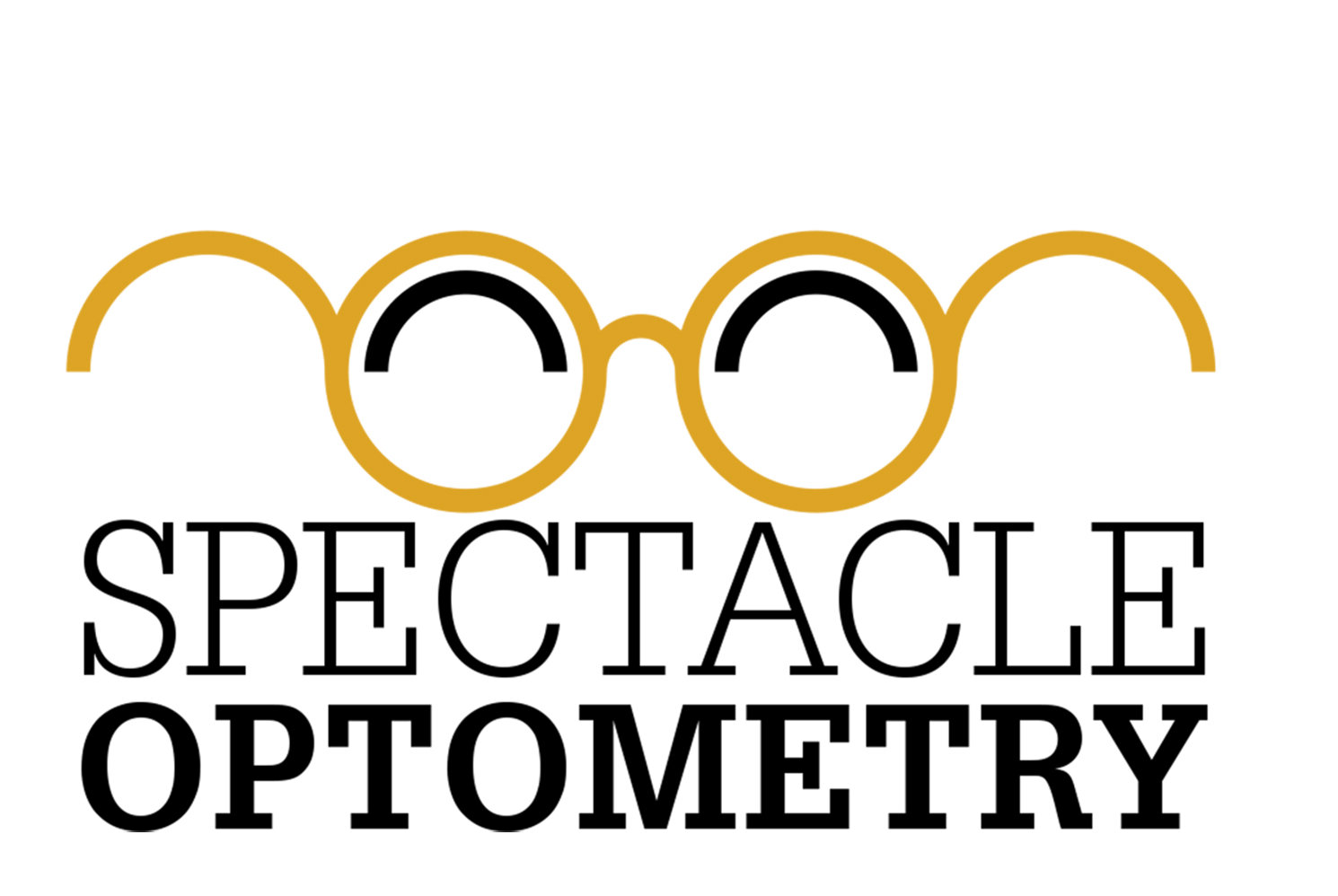MACULAR DEGENERATION AWARENESS
Most people have heard of Macular Degeneration, but often get this condition mixed up with other common vision disorders like Glaucoma and Cataracts. Or maybe you've heard the word, but have no idea exactly what it means. Since February is Macular Degeneration Awareness Month, we wanted to take the time to help sort out all the misconceptions of this disease that affects more than 1.75 million Americans. Below, we’ll focus on what Macular Degeneration is, who can develop it, and how can we treat it.
WHAT IS IT?
Macular Degeneration, often called Age-Related Macular Degeneration (ARMD), is a condition that damages the macula in the back of your eye. The macula typically helps you to see things clearly in your central vision with the utmost precision. So when you have ARMD, your central vision is most affected causing blurry vision and visual distortions. Often times patients will report that a line or edge of a wall that is typically very straight, they see as wavy or broken and missing pieces. They have a hard time recognizing faces as if there is a spot of black covering portions of their central vision. Colors or words on a page are dimmer and thus make it much more difficult to read. As the condition progresses, patients can develop different types of ARMD. Dry Macular Degeneration is more common and also less aggressive. It can take several years for it to progress into visual issues. Whereas Wet Macular Degeneration causes more sudden and dramatic vision loss. Unfortunately, Dry ARMD can turn into Wet ARMD over time as well, which is why good monitoring by an optometrist or ophthalmologist is strongly encouraged!
WHO IS AT RISK TO DEVELOP IT?
Research is vague on what exactly causes ARMD, but we do know that both genetics and environmental factors play a role. This disease is most common in Caucasian patients over 60 years old. If someone in your family has or had ARMD, you are more at risk for developing this condition yourself. There are certainly some risk factors that we can control, however. It is more common for smokers, those that are obese, or those that have cardiovascular disease to develop Macular Degeneration. On the flip side, there are several things that we can do to prevent ARMD from becoming an issue. We’ve found that those who eat more leafy greens, more fruits and vegetables filled with antioxidants, as well as foods rich in Omega 3s like fish can help to prevent this disease from starting.
HOW CAN YOU TREAT IT?
Luckily, there are ways that we can treat Macular Degeneration, but it does vary based on the type that you have. For Dry ARMD, we simply recommend eye vitamins and close monitoring to ensure that it does not progress any further. There are several eye vitamins out there to chose from, but our favorite is Eye Science. It has the exact quantities of vitamins and minerals that have been studied to show improvement in ARMD, whereas other vitamins are certainly lacking. We also recommend self-monitoring by using the Amsler Grid (shown above) and report if any distortions or blind spots appear. For Wet ARMD, an ophthalmologist will monitor closely to see when treatment is necessary. When it is, they will inject medicine into the back of the eye that will help slow down the progression of this rapid form of the disease. These shots can be administered anywhere from once a month to once every few months.
We hope we provided a little insight into this complicated disease today. Because it is the leading cause of blindness in those patients over 60 years of age, we certainly want you to not only know more about it, but also know the several ways we can prevent it and slow down its effects. As always, the best form of prevention is seeing your eye doctor each and every year!






